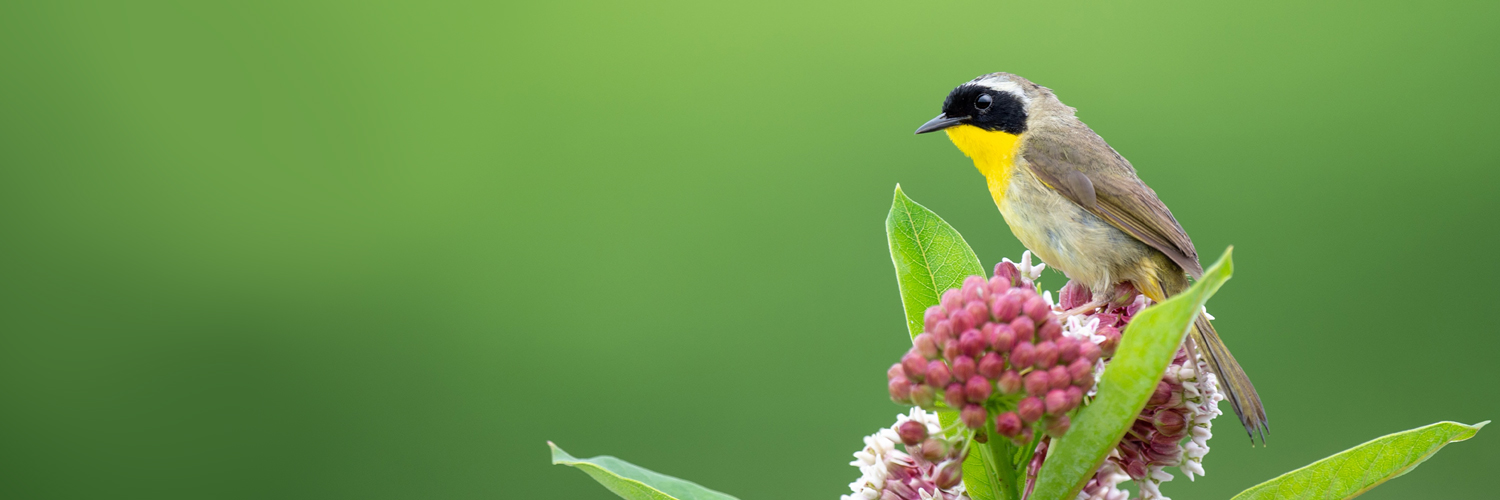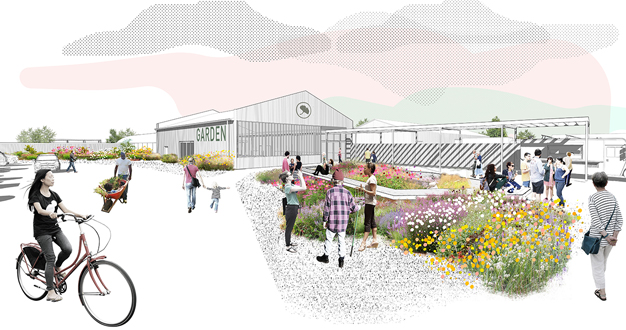
Plants form the foundation of any ecosystem, offering valuable resources that insects, birds, and other wildlife depend on for survival. And research shows that the plants we choose for our urban landscapes have a direct impact on the ability of backyard birds to survive. Here, we take a look at some of our favorite bird-friendly plants for the landscape and what makes them so valuable to our neighborhood birds.
Planting with Birds in Mind
Insects are a critical source of fat and protein for over 95% of North American terrestrial bird species. If you’ve ever watched a pair of songbirds busily fly back and forth across the neighborhood, feeding a hungry brood in the nest, you’ve probably noticed that finding insects is a full-time job. And as urban landscapes filled with non-native plants continue to replace wild plant communities, that job gets even more difficult. The insects birds depend on need native plants to survive.
One study led by Doug Tallamy of the University of Delaware showed that when the biomass in residential yards is at least 70% native plant material, chickadees have a decent chance at maintaining their populations. But when that number falls below 70%, their chances of sustaining the population plummet to zero.
And insects aren’t the only resources that backyard birds depend on. Birds also eat berries and seeds, they need the right places to build their particular type of nest, and they need places to hide from predators and shelter from bad weather. With an added mix of plants in your landscape that offer these critical resources, you’ll see a noticeable uptick in feathery activity in your yard.

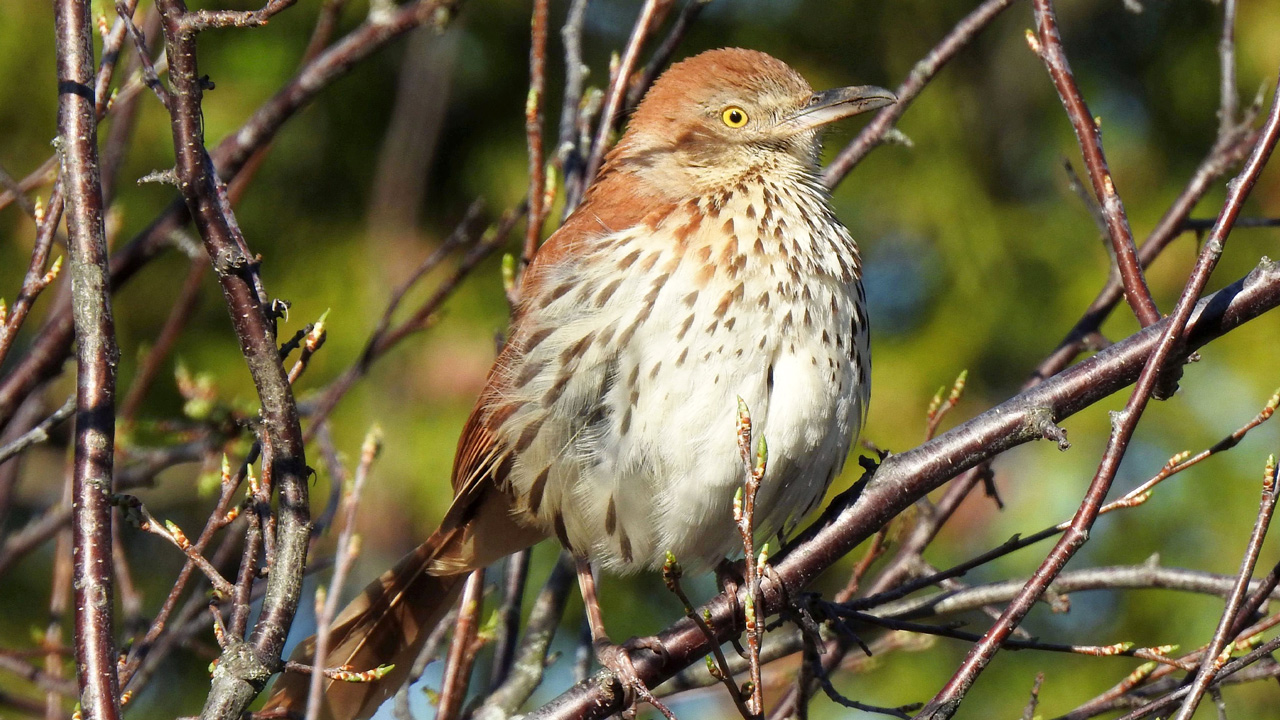
Bur Oak // Quercus macrocarpa
As a group, native oaks are some of the most valuable resources for birds and other wildlife. Bur oak in particular provides food and shelter for hundreds of different Midwest native birds. Its leaves feed an abundance of moth and butterfly caterpillars which in turn provide valuable fat and protein for birds and their growing chicks. In one famous example, it takes as many as 9,000 caterpillars to successfully raise just one clutch of Carolina chickadees! In addition to caterpillars, songbirds also feed on the hundreds of species of beetle, treehopper, and weevil that call a bur oak home too.
And an oak’s acorns feed even more birds – including ducks, grouse, turkeys, woodpeckers, blue jays, and nuthatches. As a source of shelter, bur oak’s strong branches provide nesting sites for species of gnatcatcher, vireo, hawk, and owl too. Other birds you might see hanging around your oak include species of warbler, titmouse, thrasher, and hummingbird.
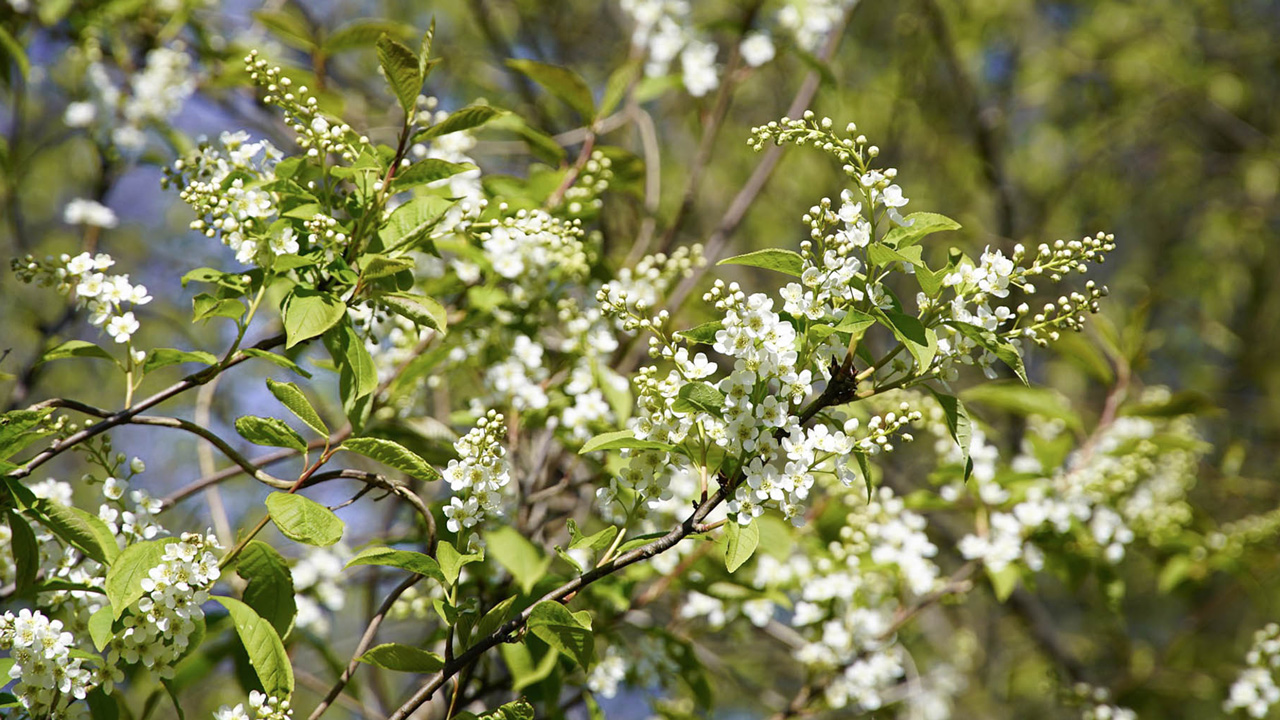
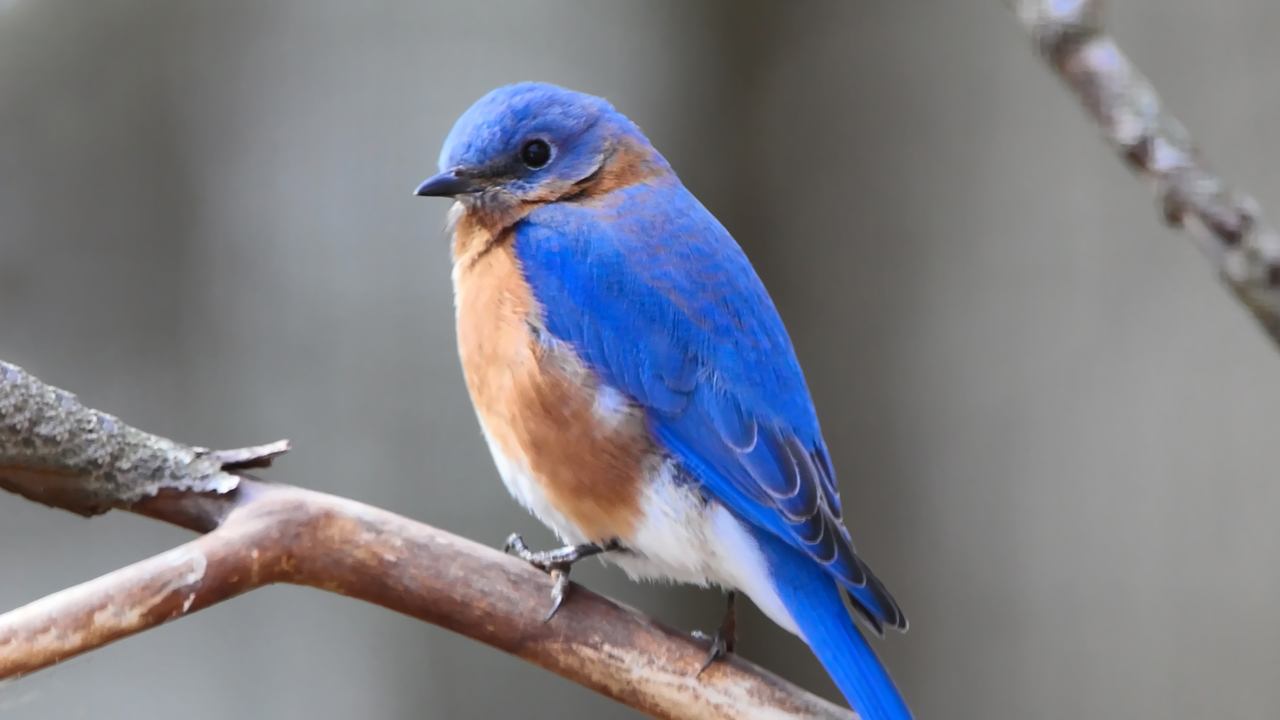
Black Cherry // Prunus serotina
Like oak, black cherry supports an amazing collection of native caterpillars – over 450 species – which make raising a family a lot easier for breeding birds. In addition, the nectar in black cherry’s blooms attract lots of other insects, and its fruit is a favorite for dozens of birds including species of cedar waxwing, orioles, tanagers, sparrows, bluebirds, and more.


Hawthorn // Crataegus spp.
With its sharp thorns, a hawthorn may not seem like an obvious choice for your landscape, but the neighborhood birds would disagree. As shelter, hawthorn is unmatched. Smaller songbirds like sparrows, chickadees, and finches quickly dive into its well-armed foliage to escape larger predatory hawks. A birdbath situated next to a hawthorn is an especially welcome resource. But hawthorn is more than its thorny appearance. The nectar in its blooms attracts hummingbirds and nutritious insects. And many species of birds – including robins, cedar waxwings, ducks, and sparrows – relish its delicious fruit too.
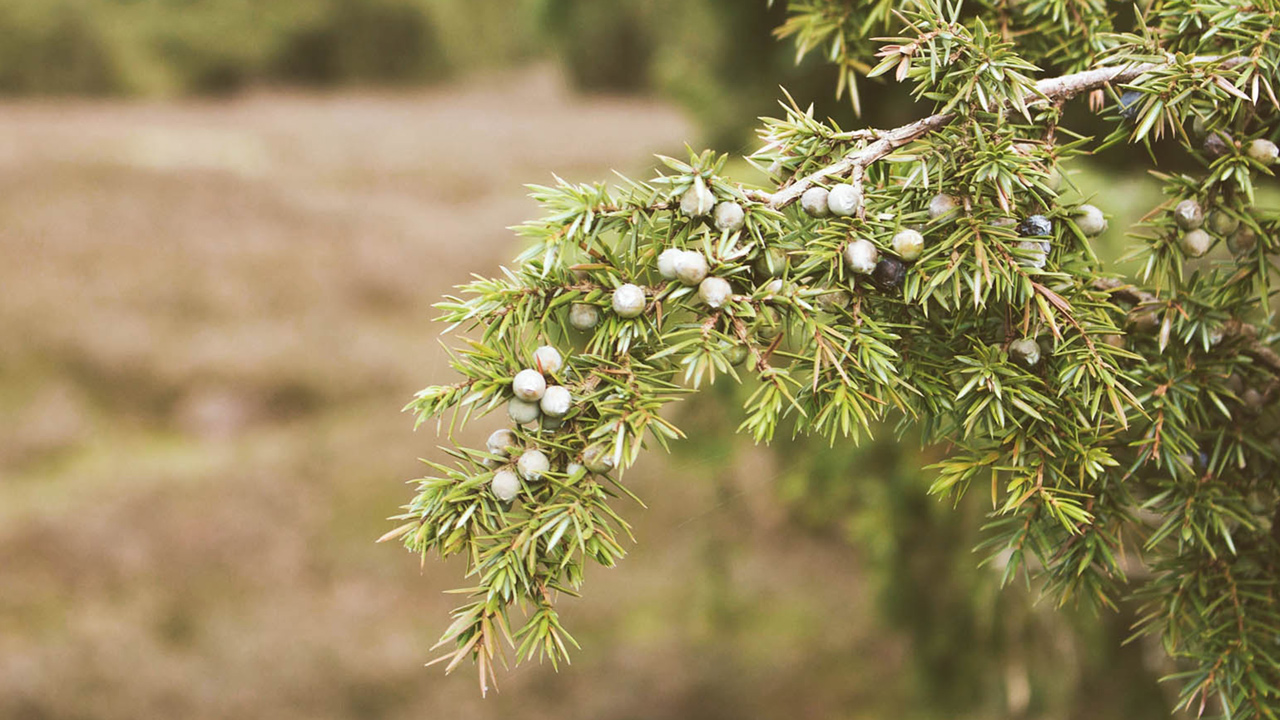

Juniper // Juniperus communis
Clemson wildlife biology professor Ron Johnson calls juniper one of the top ten plants for wildlife. In his words, juniper’s protective shelter and nutritious fruit help birds get through the tough times in life. Like hawthorn’s thorns, juniper’s pokey foliage gives small birds a place to dive into when cats and hawks show up. Those dense needles also block cold winter winds and create an umbrella when it rains. And all kinds of birds – like cedar waxwings, bluebirds, grosbeaks, and thrashers – love the nutritious blue berries that provide valuable energy during cold winters.
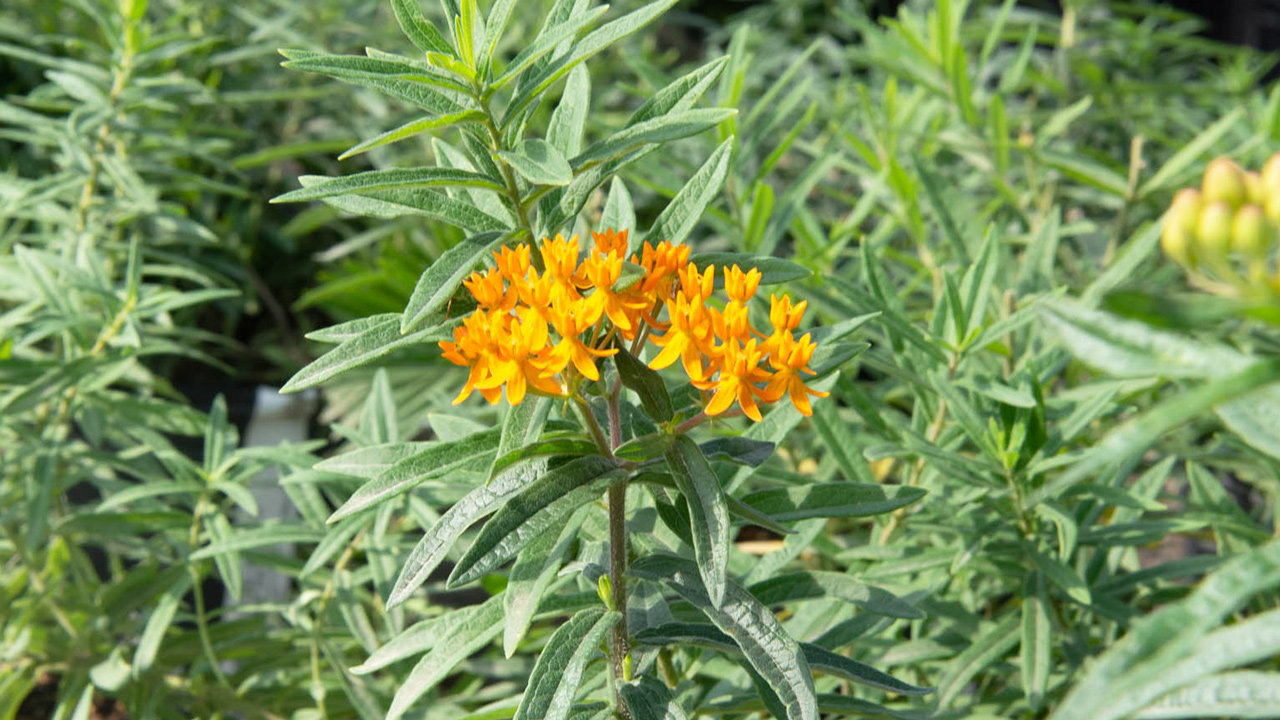
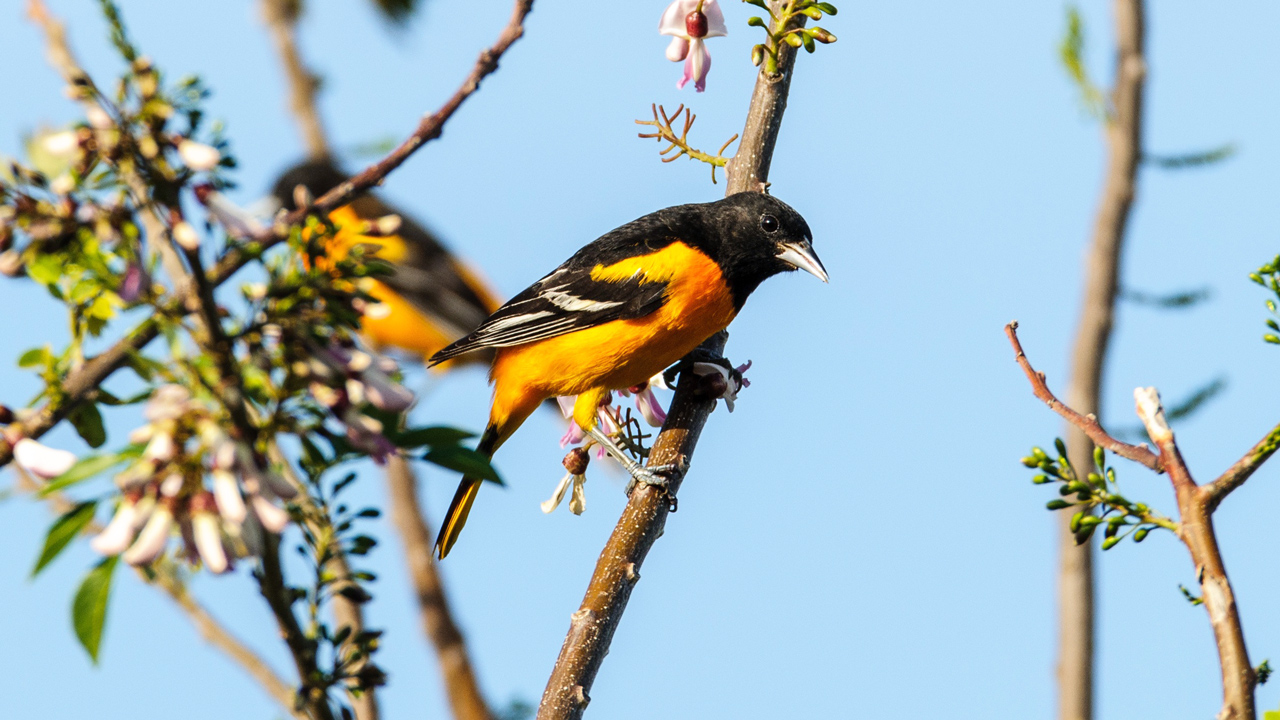
Milkweed // Asclepias spp.
On first thought, milkweed might not seem like a great resource for birds – their most noted insect partnership is with the famously unpalatable monarch caterpillar. But milkweeds have more to offer birds than you might think. As The Natural Web points out, lots of other tastier bugs can often be collected on milkweed like lady beetles, praying mantids, spiders, and assassin bugs. Milkweed is also a nest-building supply house – orioles and warblers use fibers in the stem to weave nests while goldfinches line theirs with the soft fluff from the seeds.

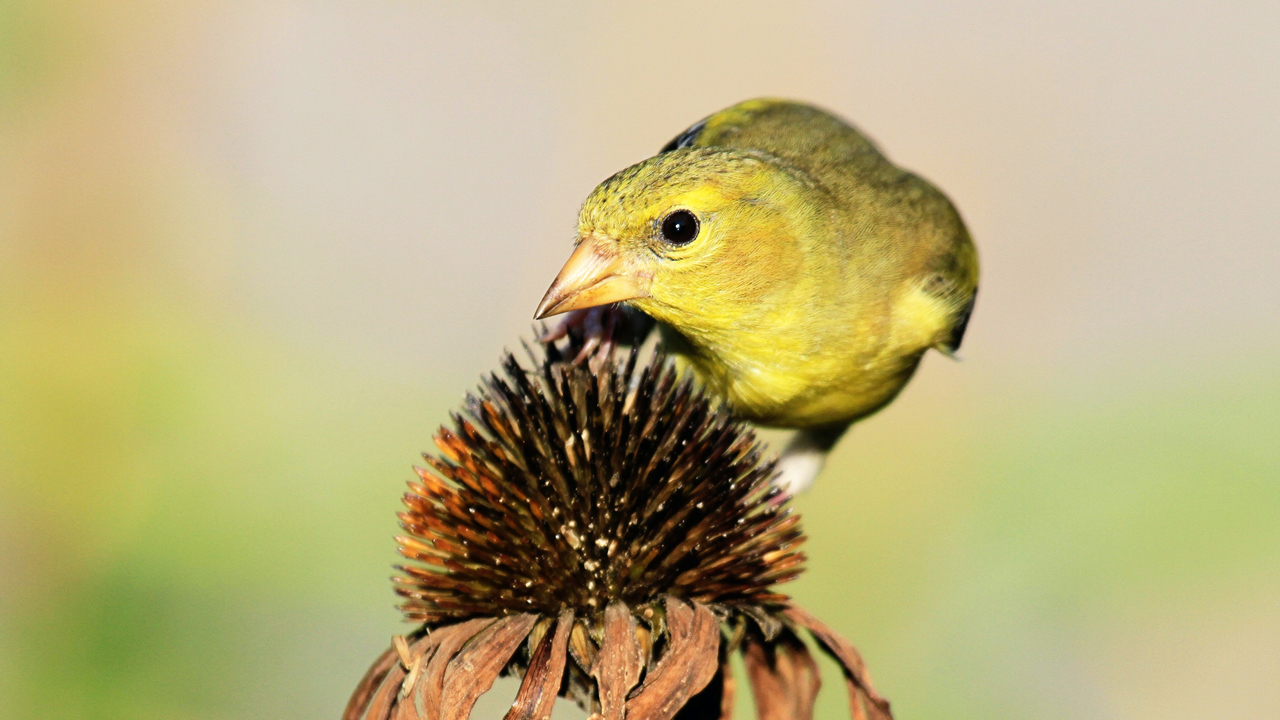
Coneflower // Echinacea spp.
Beautiful, prairie-native coneflowers offer another valuable support for backyard birds. Their large flower heads top tall, sturdy stems and give American goldfinches a sturdy place to sit and devour the hundreds of bristly seeds. Chickadees, juncos, blue jays, cardinals, and pine siskins love the seeds too – and because the seed heads are persistent, they’re a valuable food source through the winter months. In addition to seeds, coneflowers attract a host of moths, butterflies, lacewings, hoverflies, and other beneficial native insects that neighborhood birds love to scoop up.
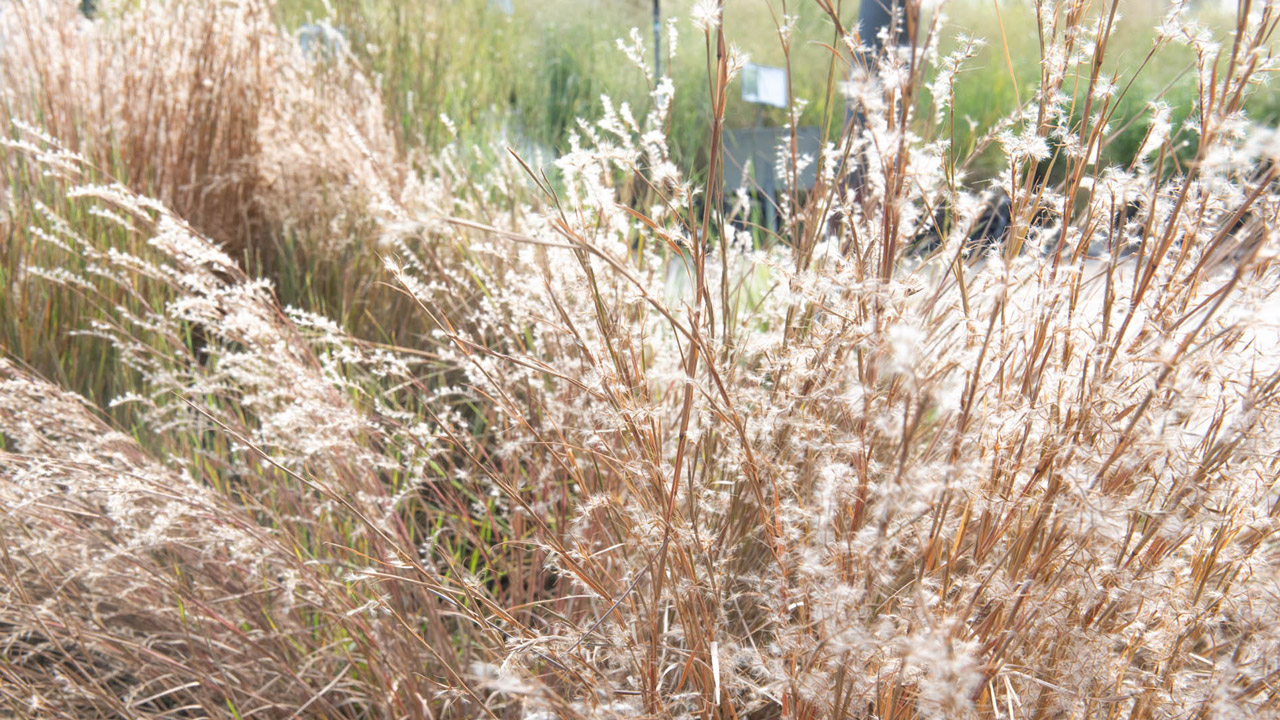

Little Bluestem // Schizachyruim scoparium
Although its flowers aren’t as showy as some and its structure isn’t as substantial as an oak’s, little bluestem is still a magnet for birds looking for a meal or a place to rest. To start, little bluestem is the caterpillar host for several species of skipper butterflies. Tasty grasshoppers, beetles, leafhoppers, and other Midwest native insects hang out in its grassy foliage too. And of course, the seeds are a favorite winter forage for juncos, finches, and many of our native sparrows. Because of its dense, clumping habit and finely textured leaf blades, little bluestem makes a comfortable, protected place for birds to build a nest, rest a minute, or shelter from cold wind and snow.
Other Garden Design Tips
Picking the right plants is the first step to creating a beautiful, resourceful, bird-friendly landscape. And when it comes to planting, keep in mind some of these helpful tips recommended by the experts at Morton Arboretum as well.
- Load up on the natives. It bears repeating because it’s so important. Native plants provide the most valuable and recognizable supply of food, shelter, and other resources for our native birds.
- Plant in groups. In nature, plants don’t space themselves out evenly across the landscape – they’re usually found in distinct groups. To aid pollination and fruit set, as well as make it easier for birds to spot their favorite plants, it’s best to mimic that design.
- Think in layers. Take another design tip from nature’s garden – group plants in vertical layers, including tall canopy trees, understory trees, shrubs, perennials, and ground covers. Different birds find their favorite resources in the multiple layers.

Sharing our Spaces
Traditionally, the choices we’ve made for our landscapes have reflected our own taste in color, structure, and design. But with bird and insect populations in decline across the world, it’s important to begin considering their needs too. If you’re interested in choosing a plant for your landscape that both you and the natural community can appreciate, just stop by our Nursery Yard or give us a call. We’d love to help.

